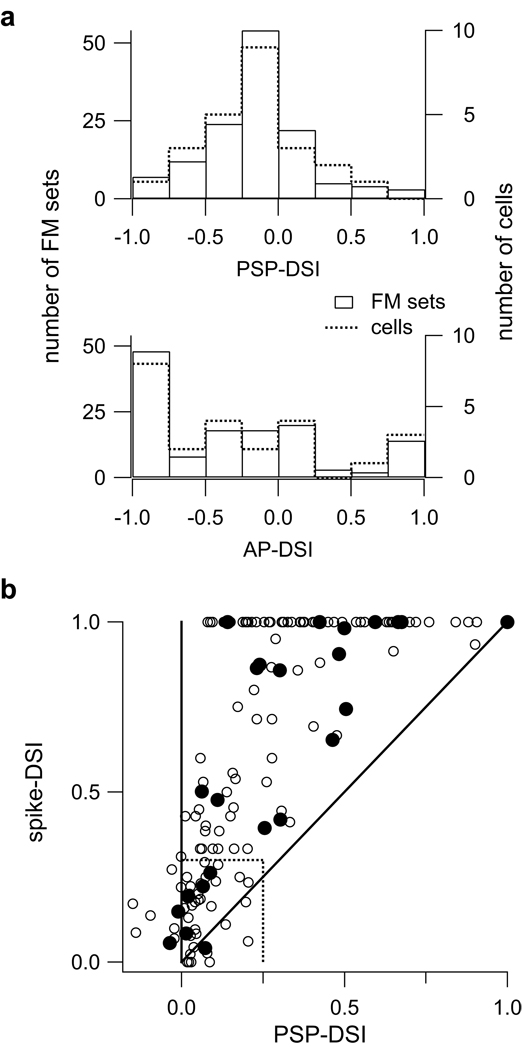Figure 3. Spike threshold amplifies directional selectivity.
Directional selectivity in the spikes is greater than in the PSPs. (a) The distribution of directional selectivity indices (DSIs) for PSPs (top) and spikes measured from responses to 130 FM sets (solid bars) in 24 cells (dashed). (b) Most spike DSIs were greater than their corresponding PSP-DSIs in both the responses to individual FM sets (open circles) and for each cell (filled circles). The DSIs for downward selective responses were multiplied by −1 so that all the spike-DSIs ranged from 0 to 1. A negative PSP-DSI indicates that the FM direction evoking the most spikes (preferred FM) evoked a smaller PSP (see methods). Solid unity line indicates PSP-DSI = spike-DSI. Most points are above the unity line. Dashed lines delineate the criteria for directionally selective responses.

